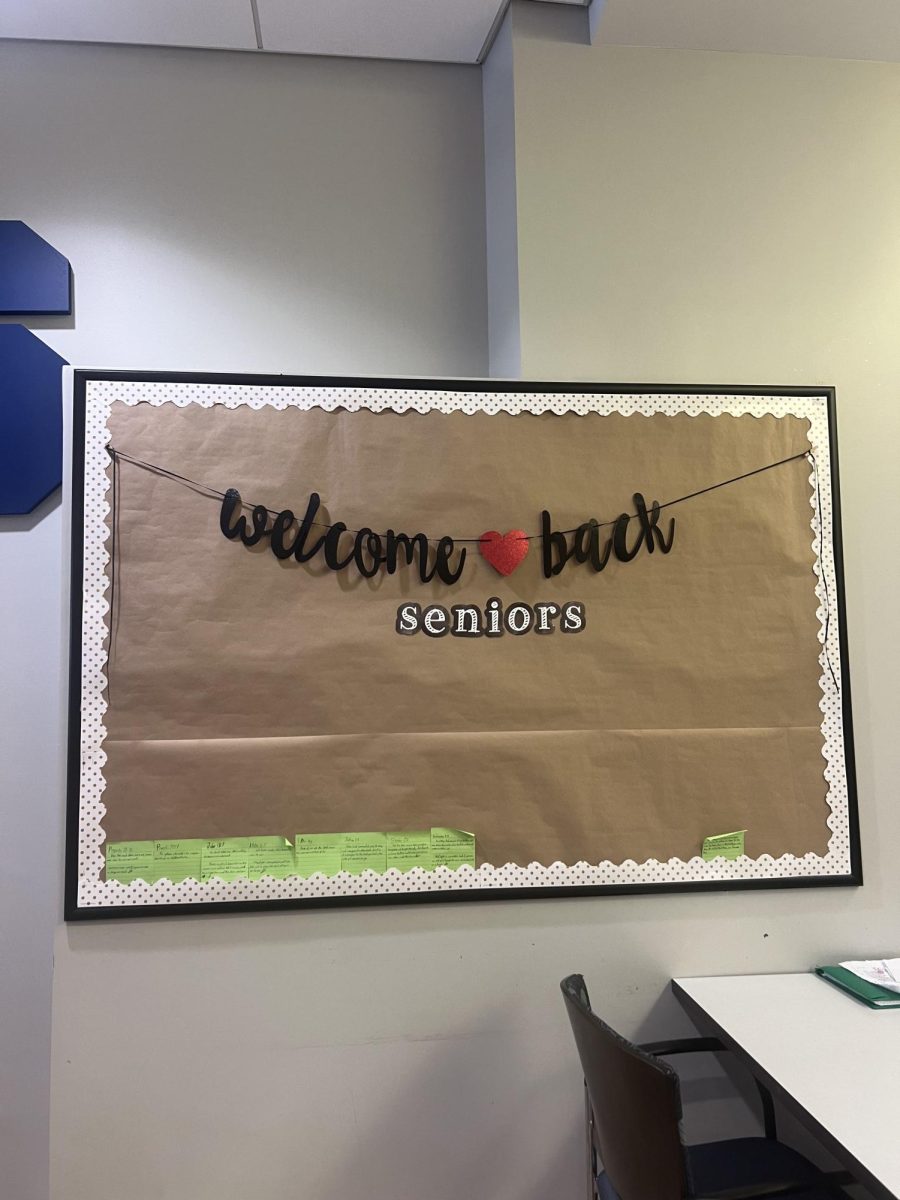In today’s world, where social media is the center of attention among teens, it has become a concern about how it may be affecting the way young people focus, think and learn. The popular apps TikTok, Instagram and Snapchat have taken over students’ lives, affecting their attention spans.
Social media platforms are designed to have short forms of media in which we can scroll past the second we lose interest. The instant gratification that comes from this makes scrolling very addictive and can negatively impact our attention spans.
When teens enter the classroom, they can’t simply “scroll” away from things they find uninteresting. As a result, their brains struggle to focus and engage in environments where it’s necessary.
According to a survey conducted by the Pew Research Center, “31% of teens said they lost focus in class because they were checking their cell phones, and 49% said using technology for reasons unrelated to class, or “off-task” use, was distracting to them.”
Often, while working, people will get distracted and check their phone for just a second. In reality, this second turns into an hour, and we end up procrastinating and left with a lot to do.
Teenagers could scroll on Instagram or play a video game with a friend for hours at a time, but when it comes to academic work that does not interest them, their focus is lost.
“The number of students now needing extended time or other resources is increasing more often due to their attention spans. Education has had to change in what we present to students so they are able to pay attention and focus on the curriculum at hand,” said Emily Levi, executive functioning coach.
According to an article published by The Standard, “When dopamine is released in the brain, it makes us feel happier. This is why we constantly wait for the next notification on our phones, making us more vulnerable to distraction.”
Schools have had to change the way they teach and help students due to the effect social media has on attention spans.
“I’ve changed how I teach over the years. Long lectures don’t work anymore for students, so I like to segment my class,” said Kelsey Piefke, Upper School Spanish teacher. “I chunk things into 10 minute sections, like starting class with a warmup, then moving into a 10 to 15 minute lecture and then reviewing with a game or interactive activity.”
With social media and technology taking over our modern world, educators have tried to learn how to adapt their teaching methods to the diminishing of students’ attention spans to keep them engaged and learning effectively.









